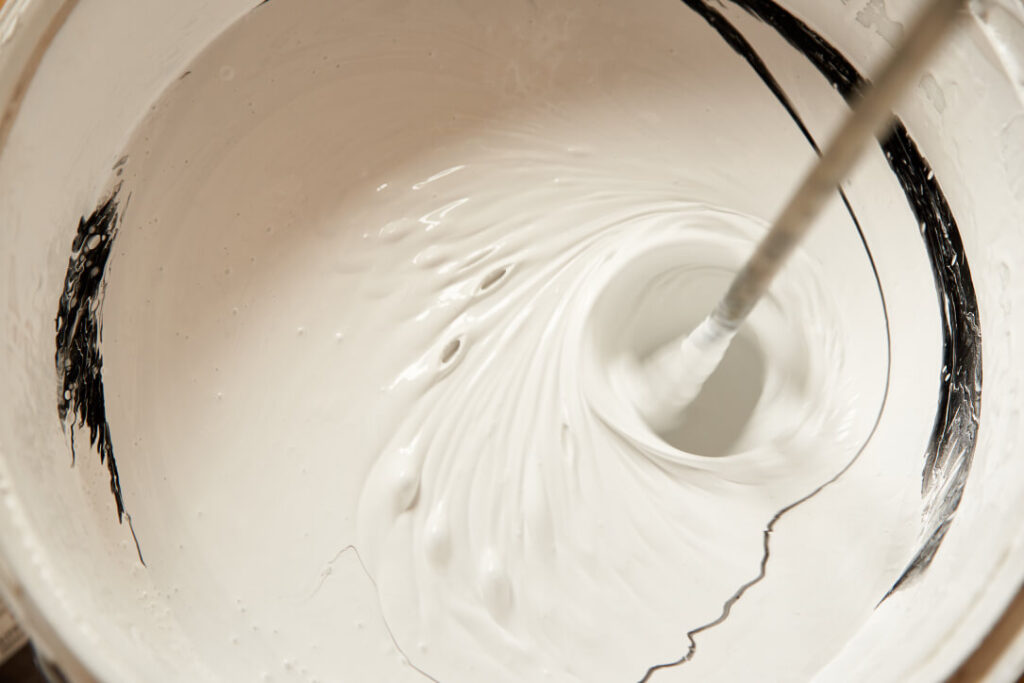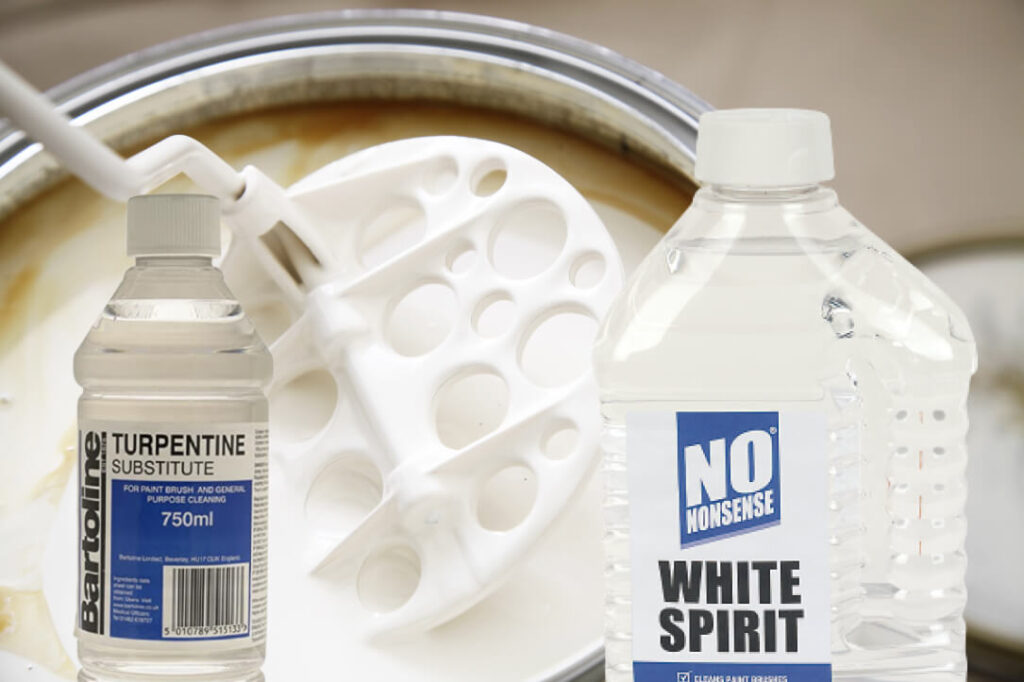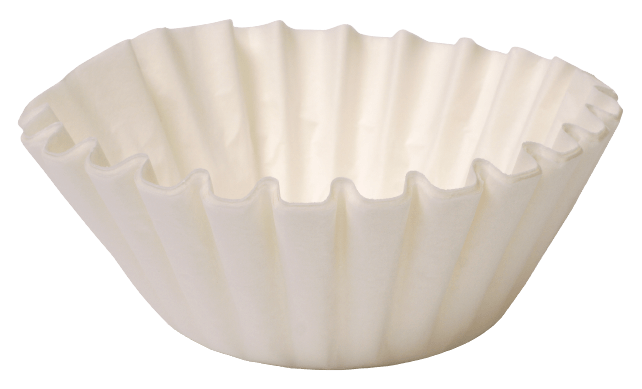If you have just got a spray gun for painting your home, you may be raring to go. Spraying paint is a lot faster than brushing it, and it gives brilliant results as long as you thin the paint correctly.
That’s what we’re discussing today: how to dilute or thin certain paints ready for spraying.
For different paints, you need different thinners.
So, here are the best ways to dilute different types of paint.

Emulsion can be thinned with water.
In fact, many paint manufacturers suggest that you thin down emulsion paint in certain circumstances.
For instance, if the plaster you’re painting is thoroughly dry, it’s a good idea to thin down the paint. It makes paint goes on better, and it will soak into the plaster better.
To thin down emulsion ready for spraying, the best ratio is 70/30.
That is 70% of paint and 30% water.
Some painters prefer an 80/20 ratio, but this greatly depends on the paint you are using and how thick it was, to begin with.

You can use turpentine, white spirit or paint thinners to thin down oil-based paints for use in a spray gun.
The best ratio for oil-based paints is 3/1.
That’s three parts paint and one part thinners.
Oil-based paints vary quite a bit; not all of them can be thinned and used in an air sprayer.
So, when you are choosing your paint, have a look at the instructions.
They will likely say whether the paint can be sprayed, and many manufacturers also include the best ratio for their paint.
Most fence paint and stains are water-based, and so a similar rule applies to this paint as an emulsion. However, fence paint is often a lot thinner than emulsion paint already, and 10% of water is enough to spray it. If you notice that the fence stain is still really thick, though, as fence stains and paints do vary a lot, add another 10%.
It is essential to put any paint you want to spray through a strainer before spraying it.
Many DIYers use coffee filters to do this, but you can buy specialised equipment as well.
If you don’t strain your paint before using it, you can clog the sprayer. That is a headache that is easily avoided with a couple of minutes of straining the paint.


We hope this look at how to thin paint ready for spraying has been helpful. Please remember, though, that different sprayers require the paint to be different thicknesses. Some professional spray guns can spray non-diluted paint. While most hobbyist paint sprayers can’t.
If you are unsure, always spray a test piece before you start painting.
To find out more about paint and the best sprayer guns on the market right now, please explore our website further.
We are professional painters and wooden window restoration experts and know the tricks of the trade for achieving a professional painted finish.